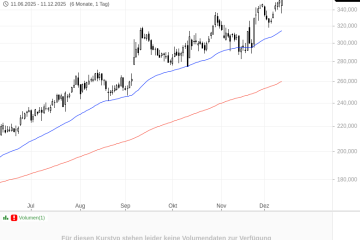Canada vs USA: Understanding the Differences and Similarities

Introduction
The comparison between Canada and the USA has long been a subject of intrigue for many. These two North American neighbours share a border of over 5,525 miles, making it the longest international boundary in the world. However, despite their geographical proximity, Canada and the USA exhibit distinct cultural, political, and economic differences. Understanding these contrasts is crucial in today’s global landscape, especially given the increasing emphasis on trade relations, tourism, and immigration policies.
Cultural Differences
When it comes to culture, Canada is often viewed as more liberal and multicultural compared to the United States. Canada prides itself on being a mosaic of cultures, embracing diversity through policies that promote inclusion and acceptance. Conversely, the USA often identifies with the notion of the ‘melting pot,’ where distinct cultures blend into a singular national identity. This cultural divergence impacts social attitudes, with Canadians generally perceived as more polite and reserved, while Americans are often characterised as more assertive and individualistic.
Economic Overview
Both nations boast strong economies, but their approaches to governance and economic policy differ significantly. Canada’s economy is notably reliant on natural resources, with oil and mineral extraction playing key roles. The USA, by contrast, has a more diversified economy that excels in technology, finance, and consumer services. Recent data from the International Monetary Fund (IMF) indicates that Canada’s GDP stands at approximately $2.2 trillion, while the USA holds a staggering GDP of around $23 trillion. Despite these differences, the two countries share a robust trade relationship, with Canada being the largest trading partner of the USA.
Political Landscape
Politically, Canada operates under a parliamentary system with a constitutional monarchy, whereas the USA runs a presidential system. This fundamental difference influences how policies are enacted and the general political climate in both nations. Recent elections have revealed contrasting trends in governance; while Canada leans towards leftist policies, the USA has shown greater political polarization, particularly during and after the 2020 presidential elections. These political climates can affect international relations and cooperative efforts between the two countries.
Conclusion
In summary, while Canada and the USA share geographical proximity and a close economic relationship, they exhibit notable differences in culture, economy, and political frameworks. Understanding these distinctions is vital for effective diplomacy and international business. Looking forward, the evolution of global challenges such as climate change, immigration, and international trade is likely to influence how these two nations collaborate and compete on various fronts. Their shared border and intertwined histories will continue to shape a dynamic relationship that merits close observation in the years to come.









